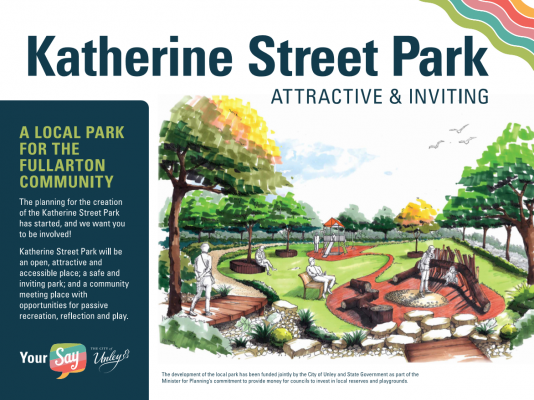By Keith Davis, Manager Urban Design, City of Unley, South Australia.
With the drive for improved efficiencies with finite resources, local governments need to demonstrate a commitment to delivering best value services to communities. But how best to target these services? Information is key for strategic direction, but even more so, the interpretation of that information.
In the tightly held inner-metropolitan City of Unley the recent acquisition of open space was a big story. At just 2 and a bit per cent of the 1,427 hectare total, open space is working overtime in Unley. Although the new park in suburban Fullarton will only add another 2,600m2 to the comparatively paltry City wide total, high expectations were inflating a small local park to bursting point; I mean just how many basketball courts can you actually fit in – is that with or without change rooms!?
Transparency and accountability are fundamental tenets to good decision making and a proactive community is central to this process. The high level of political and community interest was a welcome start to commence engagement but despite best intentions how certain can you be that the voices of influence and concern will be the eventual people using the local park? In other words who are the people who make the identity of this place? And more importantly for the investment in the park, who will be the people making the future identity of this future place?
If you want to get a sneak into a possible future scenario, the most recent past is a good place to begin. Enter id and their proficiency at neatly dissecting the impenetrable lump of ABS stats into a narrative of the types of people in a place over time. Utilising id’s graphical functions, the plot of the change in age structure described a compelling story of increasing numbers of juniors (age 0-9). This particular cohort of little-tackers was largely absent from the community meetings and certainly not reflected in the political spectrum, but the other big change in the demographics were attending the public meetings, the 60’s plus. So whilst a strong cohort of juniors resided in Fullarton an equally compelling story of visiting juniors emerged! And isn’t that the rewarding promise of your retirement, visits from the grand kids! Presented with these trends, the decision to invest in a junior play space as a key feature and attraction of the park was assured.

Image: The Katherine Street Park for the grandparents and their grand kids
A big thank you to Keith Davis for sharing this story with us.

Keith Davis, Manager Urban Design
City of Unley, South Australia
.id is a team of population experts, who use a unique combination of online tools and consulting to help organisations decide where and when to locate their facilities and services, to meet the needs of changing populations. Access our free demographic resources here.











